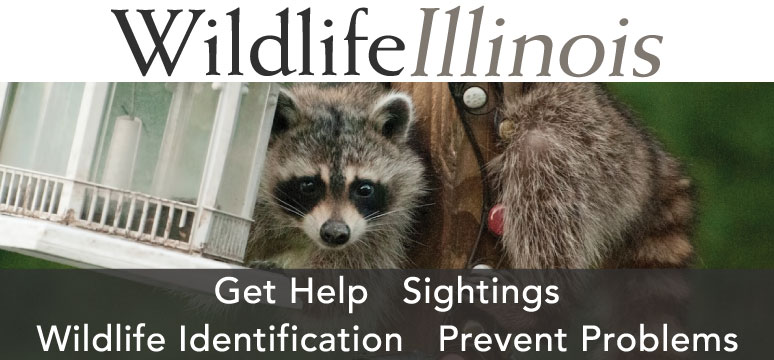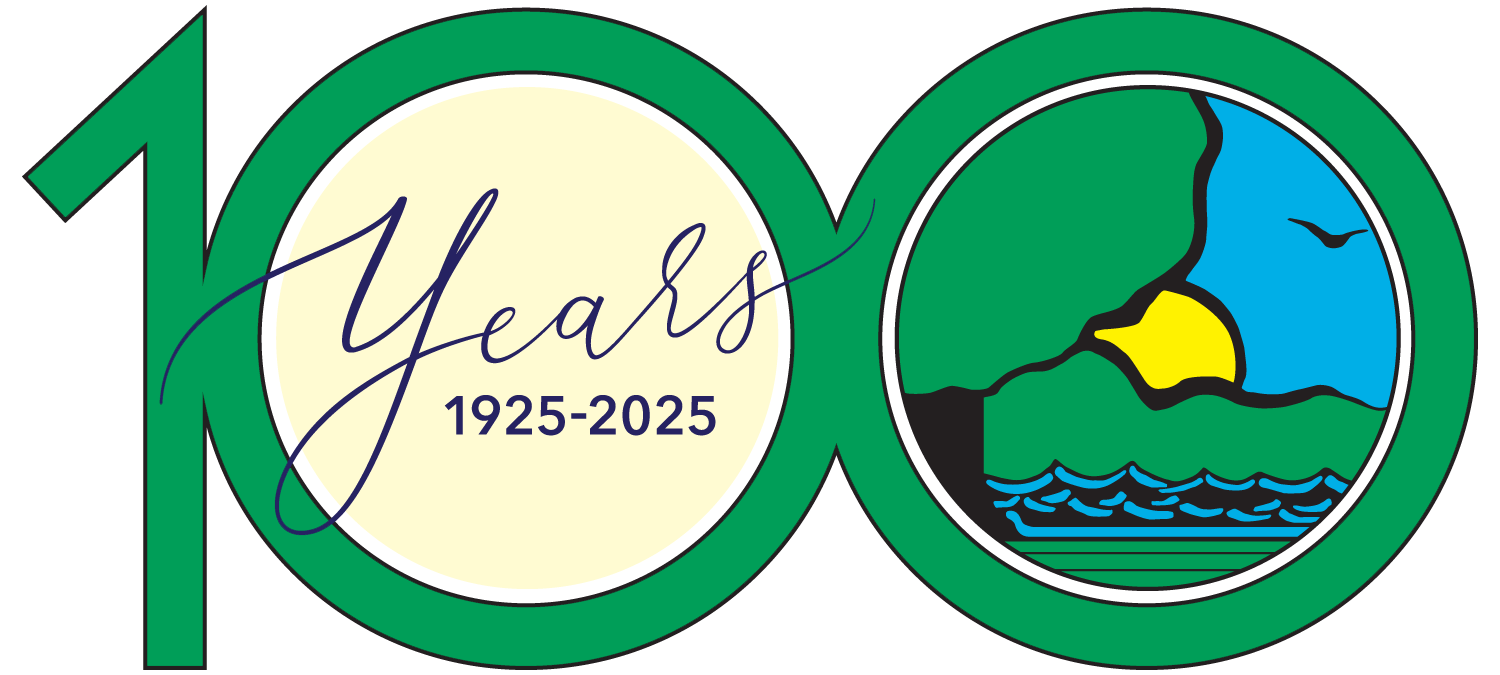
The homepage of the new CICADA website.



The homepage of the new CICADA website.
The Brood X 17-year cicadas are not the only cicadas emerging in 2021. The Illinois Department of Natural Resources (IDNR) launched the new CICADA (Conservation Inclusive Construction and Development Archive) website in March with the goal of providing people with information about habitat protection, restoration, and biodiversity conservation through voluntary actions on private lands.
Approximately 97 percent of Illinois is privately owned and habitat loss and degradation has caused a reduction in the diversity and abundance of wildlife throughout the state. Voluntary actions taken by private landowners are critical to successful wildlife conservation efforts. Recognizing this, the IDNR developed the CICADA website to engage both public and private sectors in habitat protection and restoration.
CICADA was designed with two different audience groups in mind—residential homeowners and private landowners organized as one group and the second group comprised of commercial/industrial land developers. Homeowners and private landowners have a lot of options when it comes to providing wildlife habitat on their properties but knowing where to begin can be daunting for those without a natural resources background. Land developers planning residential, commercial, or industrial construction projects are increasingly aware of the benefits of protecting green space and may want to consider using wildlife friendly development practices. CICADA provides easy-to-read fact sheets and other publications to assist both groups with meeting their land management objectives.
For the homeowner, the Residential/Private Landowner section of CICADA has six main sections—Plant Management, Landscape Management, Pollinators, Wildlife Habitat, Aquatic & Water Resources, and Habitat Management. Within each section is more detailed information such as landscaping with native plants; removing invasive plants; tips for lawn care and conservation mowing; use of prescribed fire; and adding nest boxes, water features, and pollinator pockets. This section of the website also addresses larger-scale projects such as installing ponds, streambank restoration, and information on how to improve woodlands, grasslands, wetlands, cropland, coastal areas, and urban spaces for people and wildlife.
The Commercial/Industrial section provides developers, contractors, urban planners, and other construction professionals with information on natural resource related topics such as Endangered Species & Construction, Sustainable Development, Soil Erosion Control, Wildlife Friendly Erosion Control, Stormwater Management, Tree Care in Construction Zones, Outdoor Lighting, Solar Power, Communication Towers, and Electric Utilities. The resources in this section tend to be more technical, but many can be useful for the homeowner or private landowner as well. Similarly, Commercial/Industrial section users are encouraged to visit the Residential/Private Landowner section within the website for more helpful information and ideas to make their project more wildlife friendly.
The CICADA website also hosts a Project Showcase page which features wildlife friendly projects from around the state. The aim of the Showcase is to highlight best management practices to inspire new projects and to help people learn from the successes of others who are restoring and improving wildlife habitats. For those who already have established wildlife habitat on their properties or would like to plan a project to meet special habitat designations, information is provided on how to certify habitat projects with various organizations. For those interested, there is also information on how to make tax-deductible donations to conservation efforts in the state.
The website features a clean design that is easy to navigate. Visitors can either find quick guidance for a particular project they have in mind or dive deeper into the many conservation topics covered.

The IDNR partnered with The National Great Rivers Research & Education Center, a division of Lewis and Clark Community College, and 2WAV software developers for the project. Funding was provided through the Illinois Wildlife Preservation Fund dedicated for preserving, protecting, perpetuating, and enhancing non-game wildlife in the state.
Laura Kammin is a Natural Resources Specialist with the National Great Rivers Research and Education Center. She formerly held positions at Illinois-Indiana Sea Grant, University of Illinois Extension, Prairie Rivers Network and the Illinois Natural History Survey. She received her master’s degree in wildlife ecology from the University of Illinois, Urbana-Champaign.
Submit a question for the author